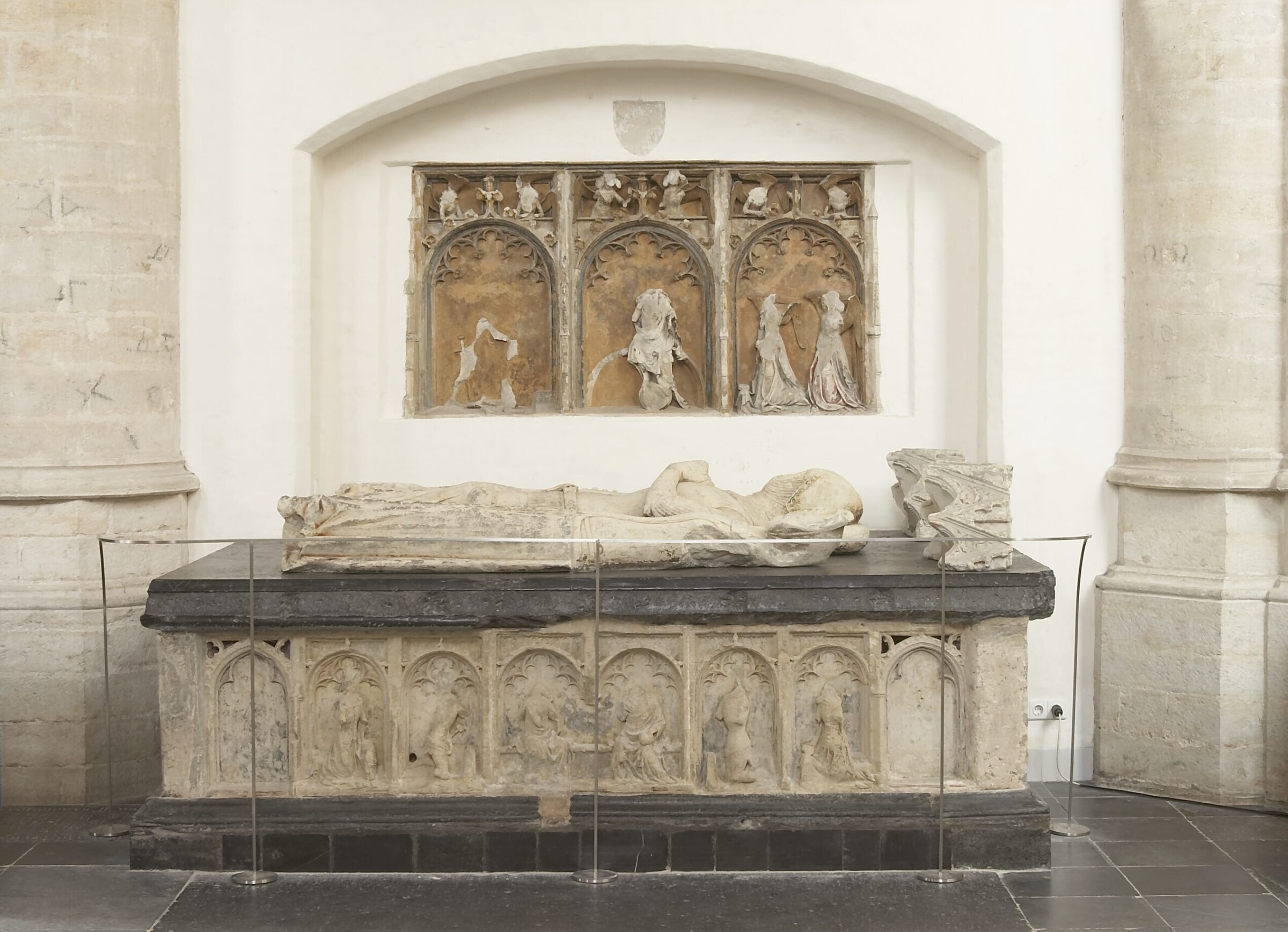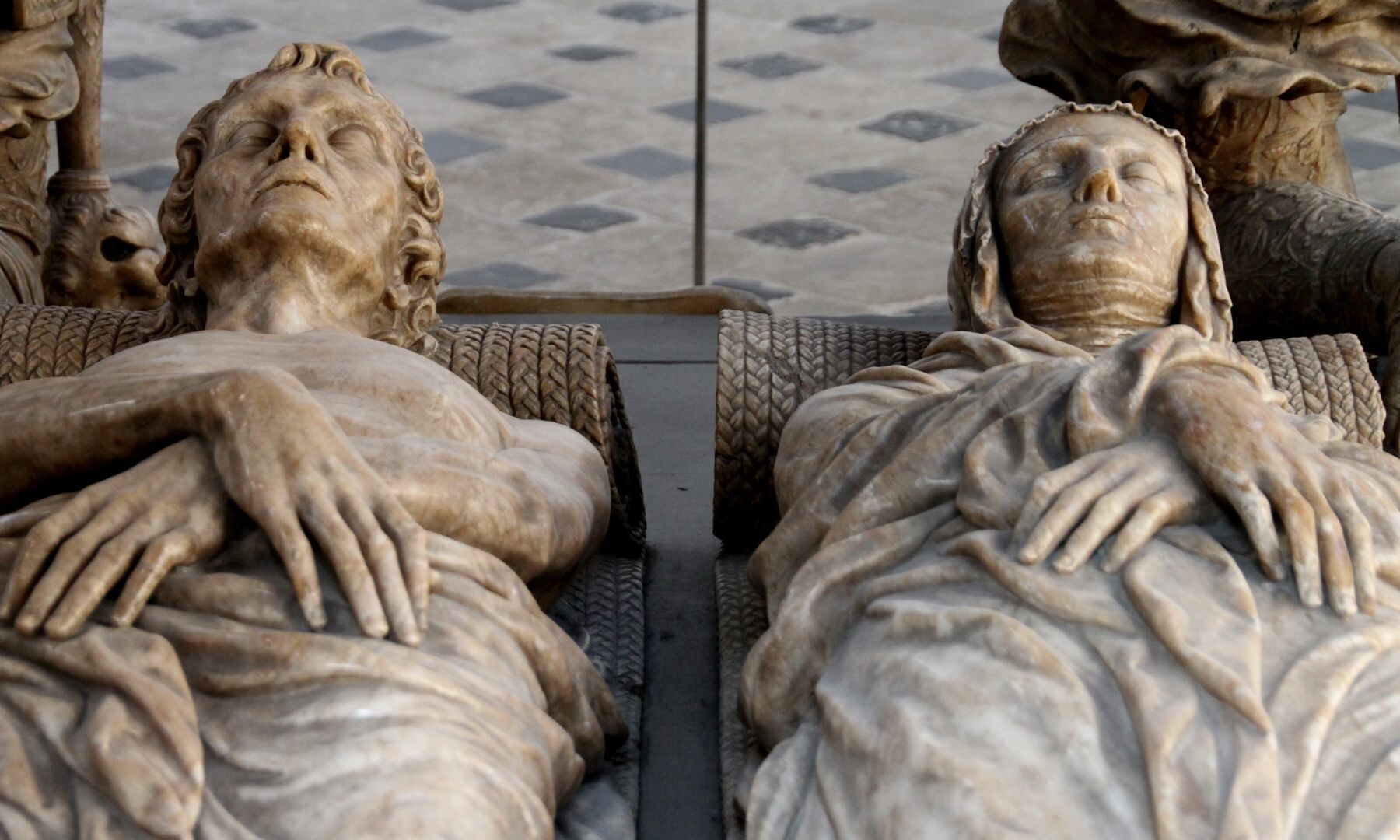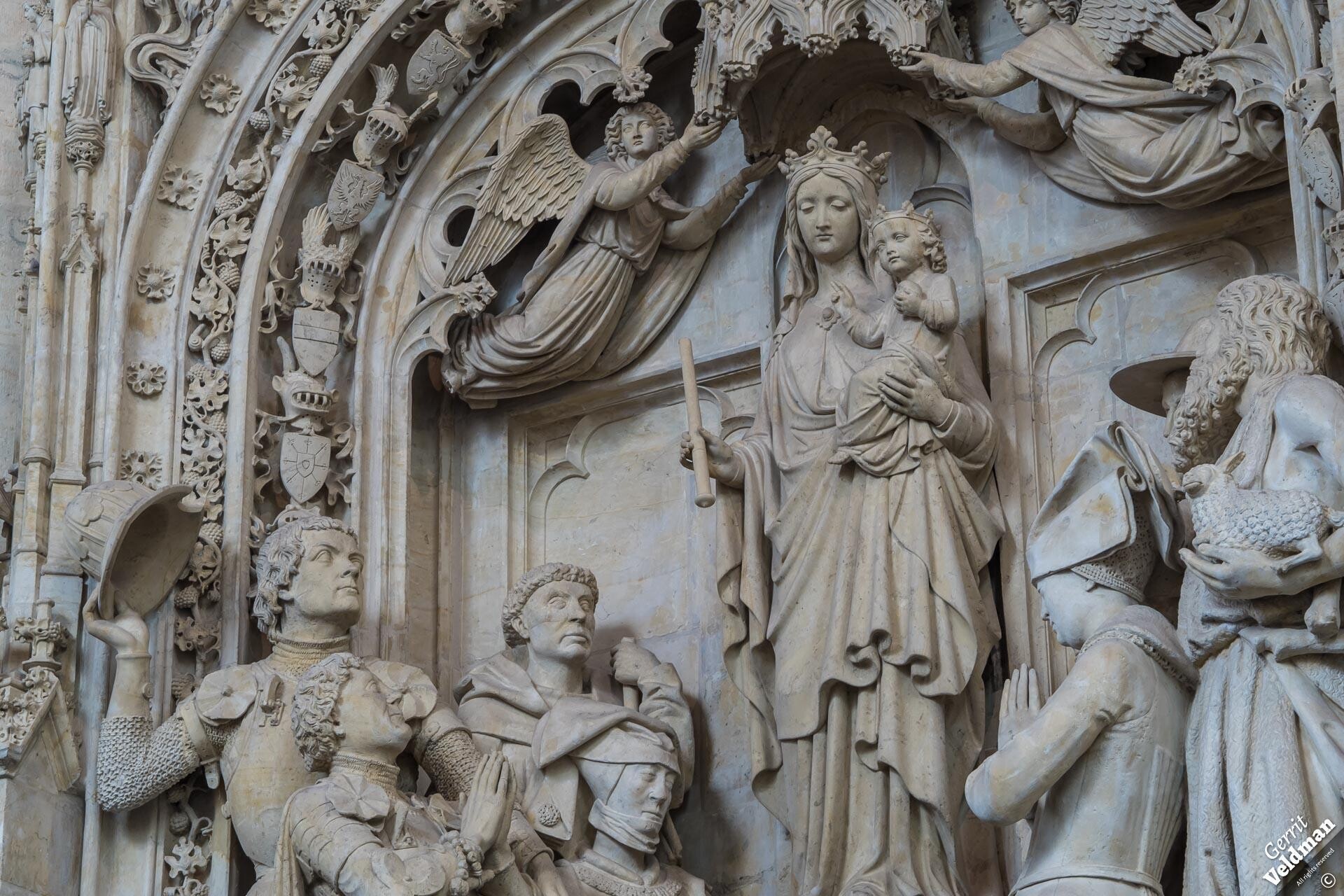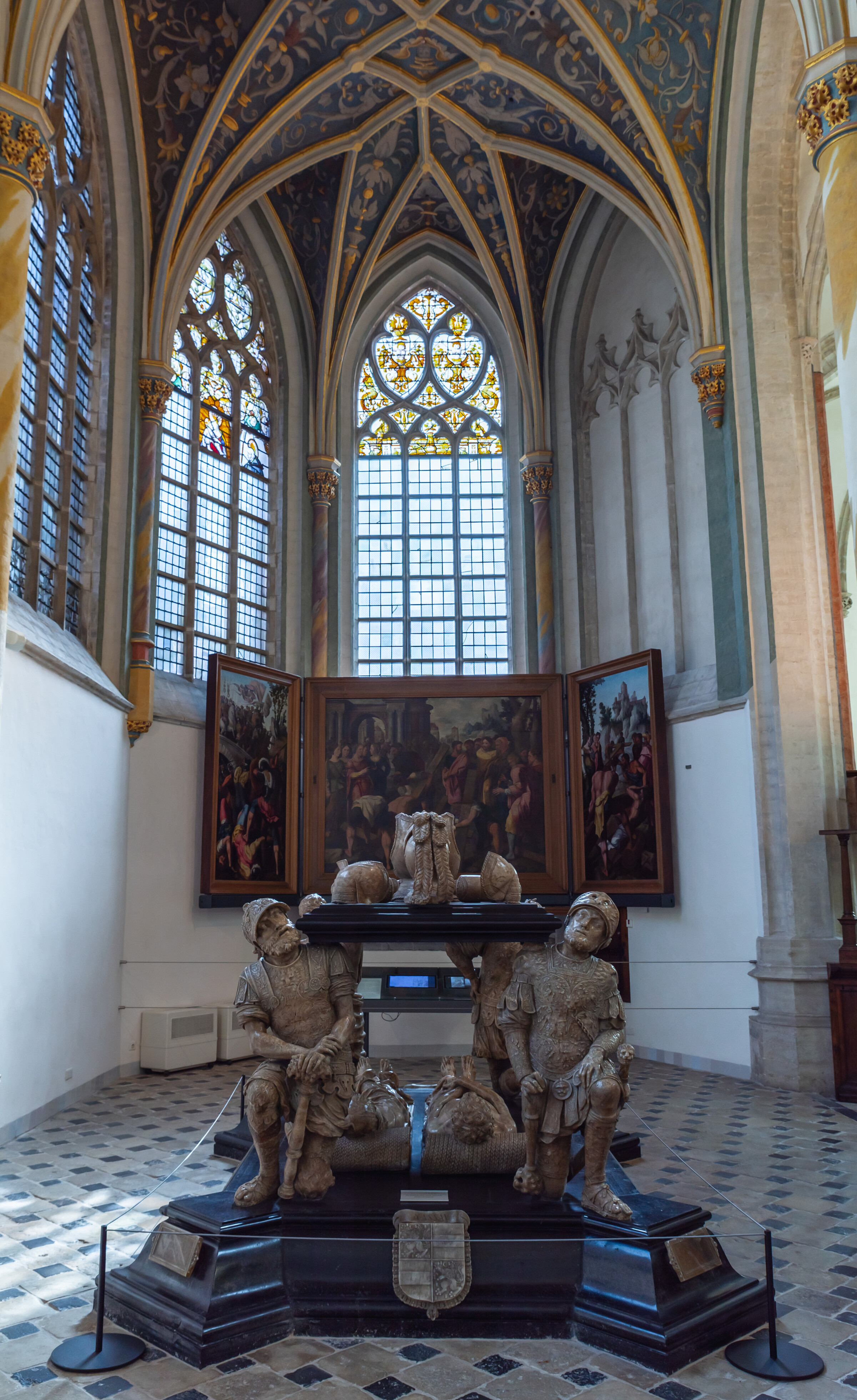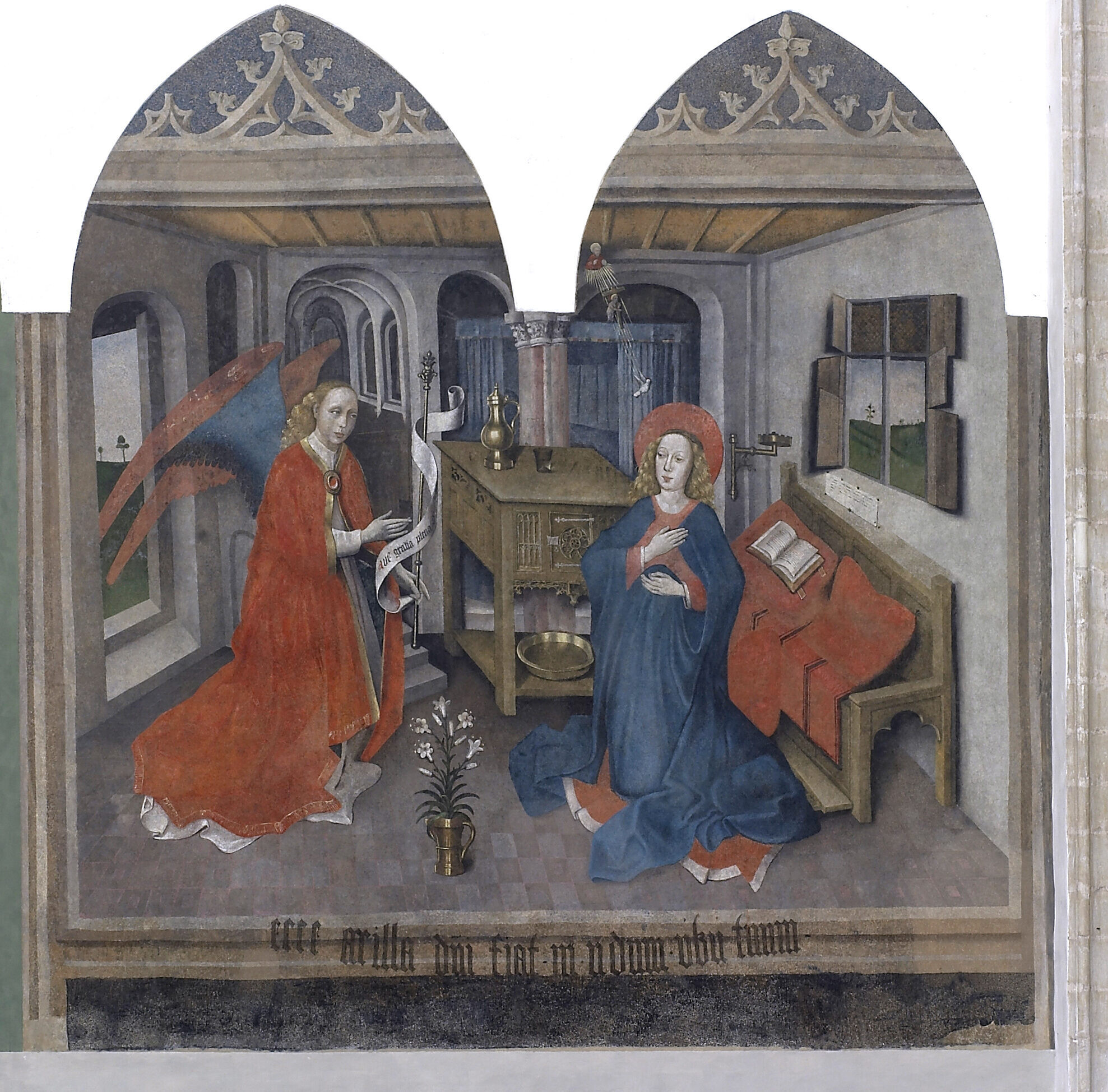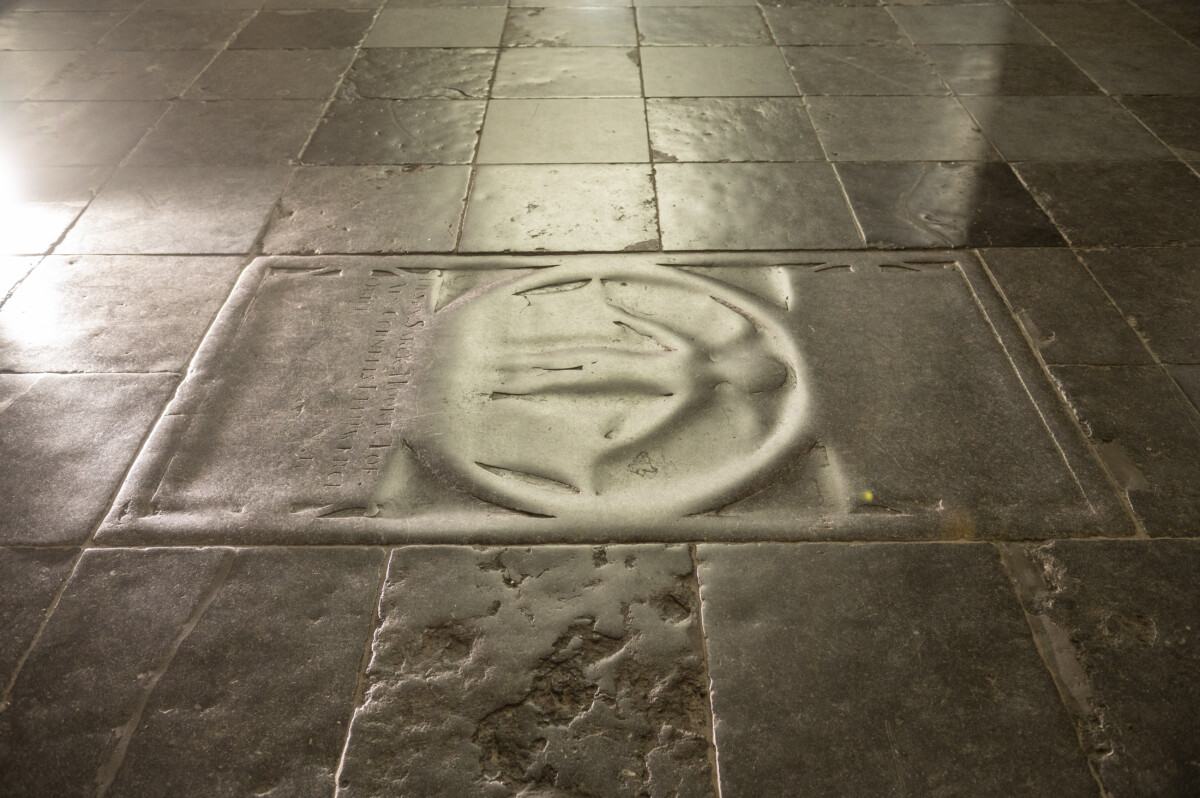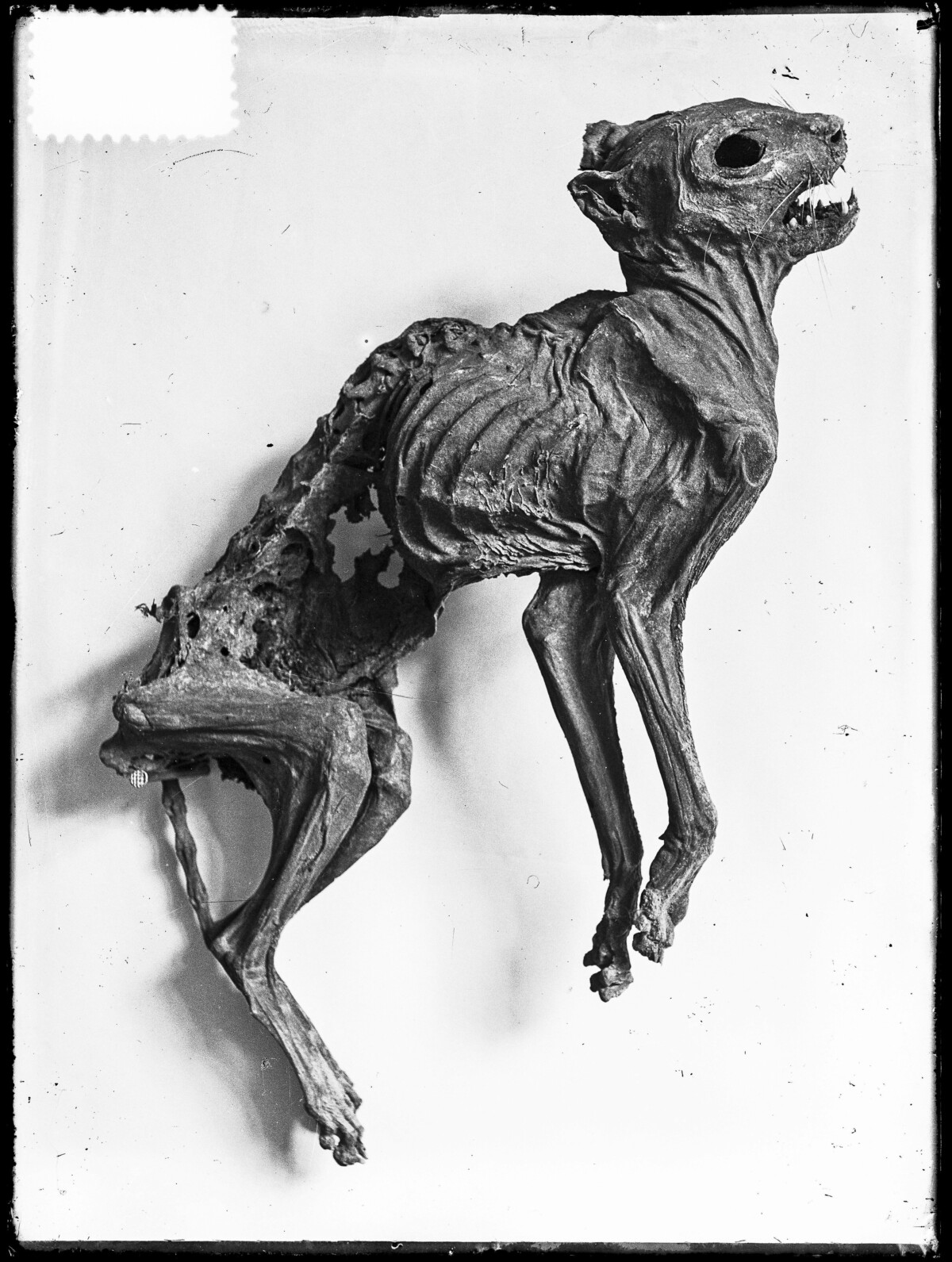Stinking rich
Just imagine: until 1829, Breda's influential residents were buried in the church. There are more than two hundred tombstones in the Grote Kerk Breda. Those bodies naturally decompose and start to stink. That's where the term 'stinking rich' comes from. From 1829, burials in the church were permanently suspended. The tombstones still have an important place in the monument. They offer us a glimpse into the past and into the lives of influential people who lived in the previous centuries. You are literally standing in and on the past.
Former glory
After the deterioration of the church between 1637 and 1900, restoration was badly needed. In the 20th century, this was done step by step. First the exterior, the church tower and the ambulatory were renovated, followed by the interior. All the murals and vault paintings hidden for centuries under the white chalk layer would reappear, be restored and conserved.
Mummy cat
During restoration work in 1906, stonemasons found a cat in one of the towers on the north side of the church. The animal is weather-beaten and seems to have been there for centuries. The restoration architect takes it home and, after many wanderings, the cat returns to the church in 2020. Carbon dating and a CT scan show with 95% certainty that the animal is almost 600 years old and was bricked in around 1440 -1460, probably as a construction sacrifice. The cat has been on display in the church since 2025. Pupils from local primary schools helped come up with a new name. Daan from group 8 of KBS Jacinta gave the mummy cat a name: Polleke. He was inspired by the tomb of Jan II van Polanen.
No less a person than Queen Beatrix opened the Grote Kerk Breda in 1998 after a second restoration. Several more rounds of restoration would follow in the subsequent years, as part of the restoration programme that will last until 2027. And so the Grote Kerk Breda returns to its former glory. Restoration and maintenance are never finished, of course, and will continue to be necessary in the future.
